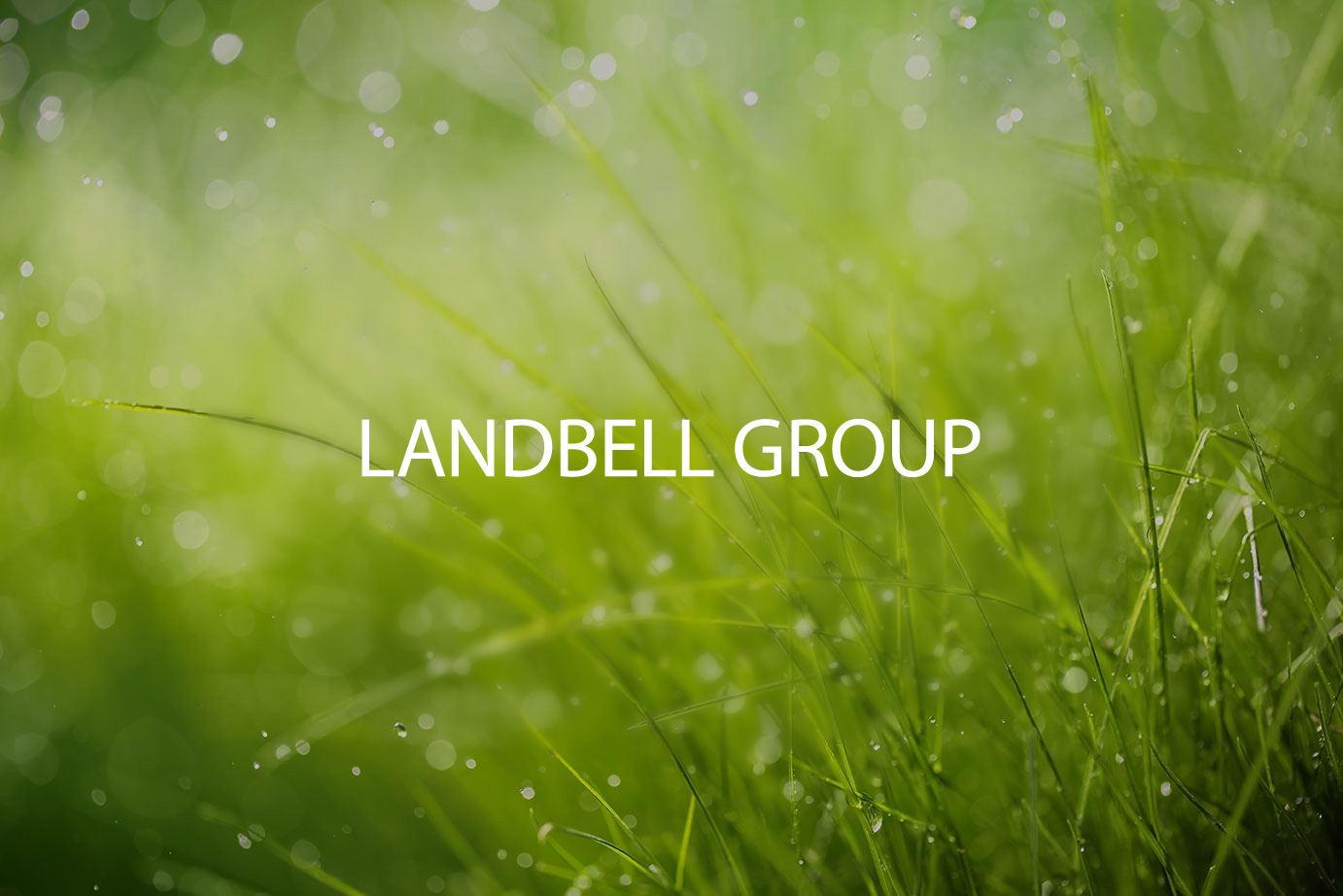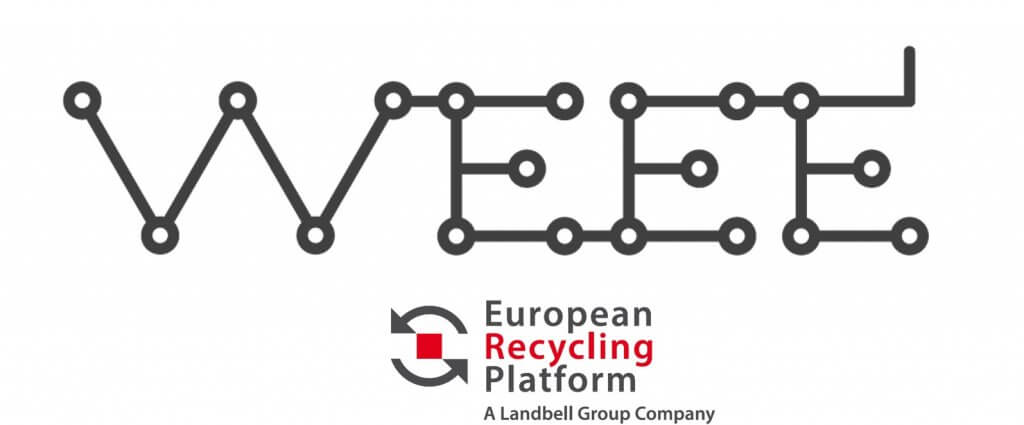Resource Center
Get to know the world of recycling
Your resources
We always aim to reduce complexity. Our learning centre helps to do just that. Here, you’ll find information and educational material related to waste management and compliance, WEEE, batteries, packaging recycling, the circular economy, and corporate social responsibility (CSR).
Services
Why we need to recycle
As consumers buy more and more products (such as electronic devices), product lifecycles consistently decrease. This increases waste volume, such as discarded packaging and batteries and disused devices.
Effective recycling solutions benefit people, businesses, and the environment
Resources
Recycling saves valuable raw materials and conserves energy.
Space
Our space is finite;
recycling reduces dramatically the need to allocate land for waste disposal.
Environment & health
A safer and greener environment improves the quality and enjoyment of our lives.
Energy savings
Recycling means we consume fewer materials, have less waste to treat, and spend less energy mining and refining new raw materials.
Recycling
Was sind Gerätebatterien?
Batterien oder Akkumulatoren sind alle Quellen elektrischer Energie, die durch direkte Umwandlung chemischer Energie erzeugt werden und aus einer oder mehreren Primärbatteriezellen (nicht wiederaufladbar) oder aus einer oder mehreren Sekundärbatteriezellen (wiederaufladbar) bestehen.
Die meisten Batterietypen enthalten giftige Schwermetalle, darunter Nickel, Cadmium und Quecksilber. Alle diese Metalle können zurückgewonnen und wiederverwendet werden.
Das Recycling von Batterien ist gut für die Umwelt, da sie so nicht auf Mülldeponien landen, wo Schwermetalle in den Boden gelangen können, was zu Boden- und Wasserverschmutzung führt und die Tier- und Pflanzenwelt gefährdet. Wenn Batterien mit dem Hausmüll verbrannt werden, verursachen die in ihnen enthaltenen Schwermetalle eine Luftverschmutzung.
Large domestic appliances
This category includes appliances such as washing machines, cookers, dishwashers and tumble dryers.
The first stage of recycling is decontamination: cables and other electrical components are removed; ballasts, plastics, iron compounds and other metals are separated and recovered. These materials are then sent for further processing and recovery.
Recycling Process
- Pre-shedding
decontamination - Shredding
- Separation
02. Tab Content
02. Content
03. Tab Content
03. Content
News & Events
Aktuelle Nachrichten und Veranstaltungen
Es geht nicht nur um Verfahren und Compliance, sondern auch um Vernetzung. ERP teilt Wissen, Erkenntnisse und Neuigkeiten, damit wir gemeinsam die nachhaltige Agenda vorantreiben können.
News
Januar 30th, 2023
Recycling von Kunststoffverpackungen mittels chemischem Recycling
News
Oktober 14th, 2022
“Recycle it all, no matter how small”


